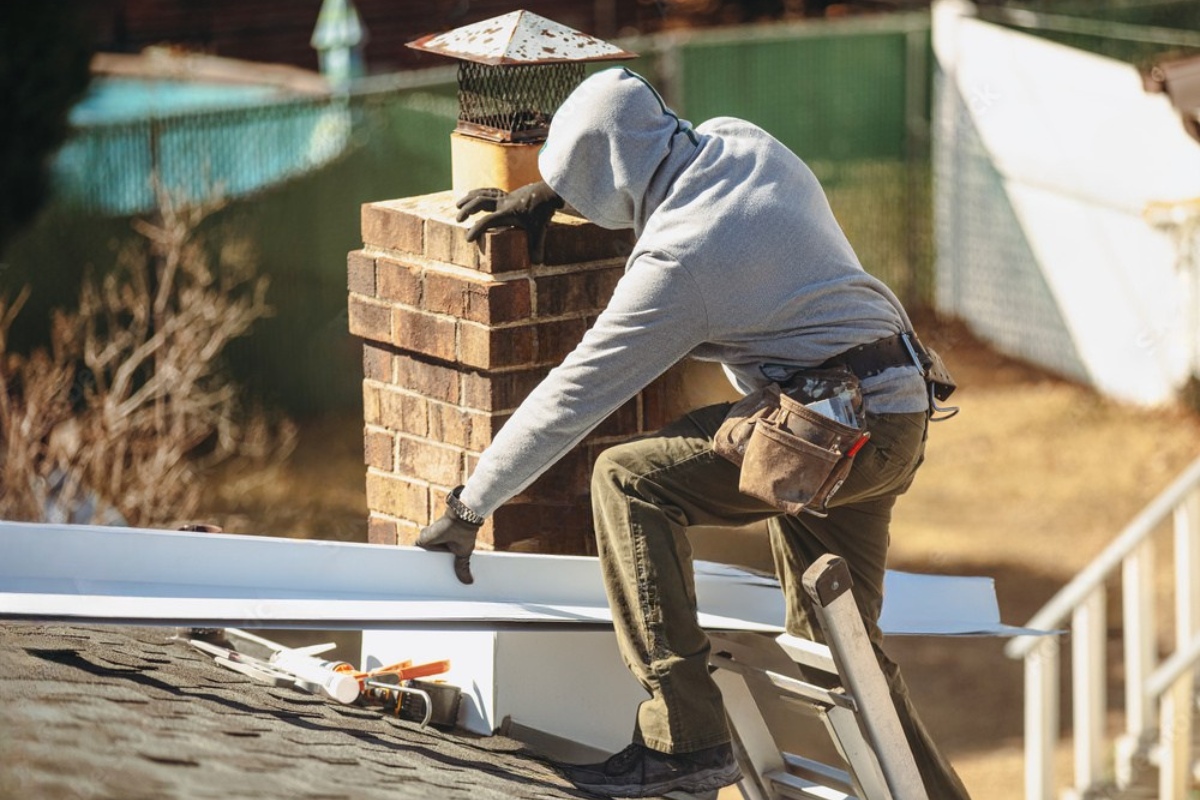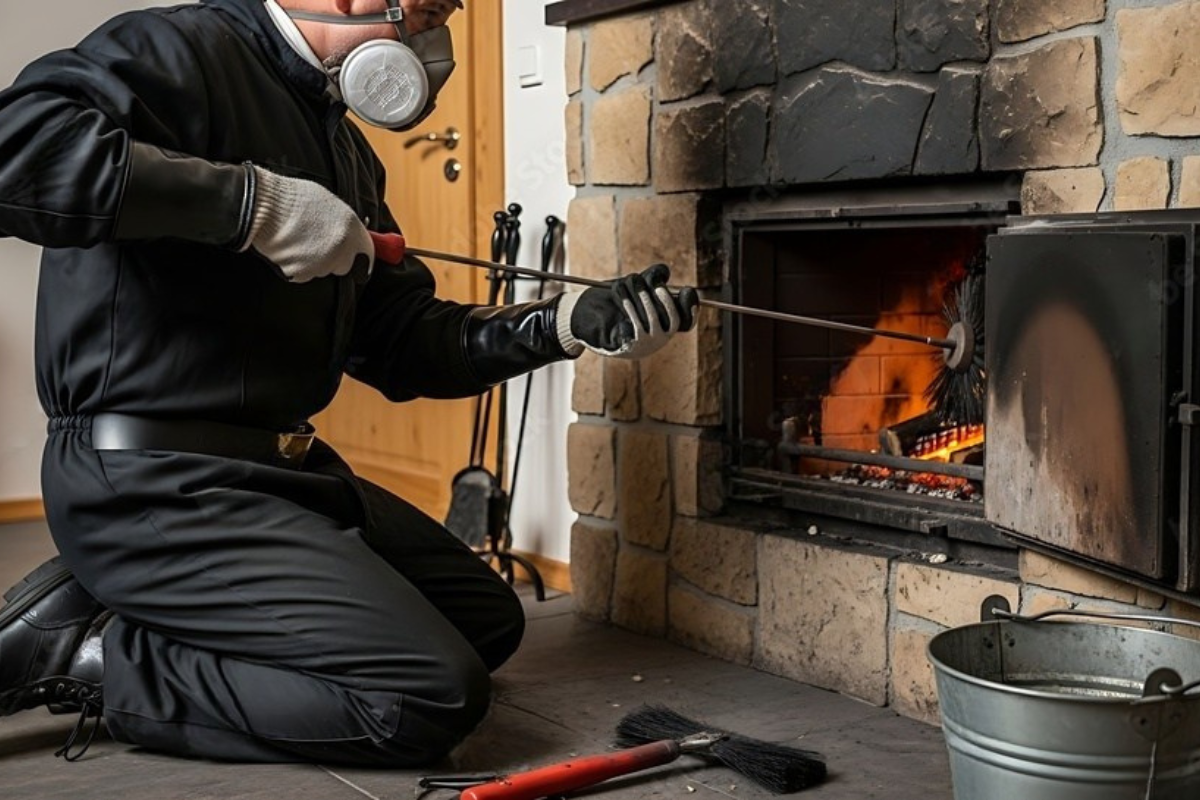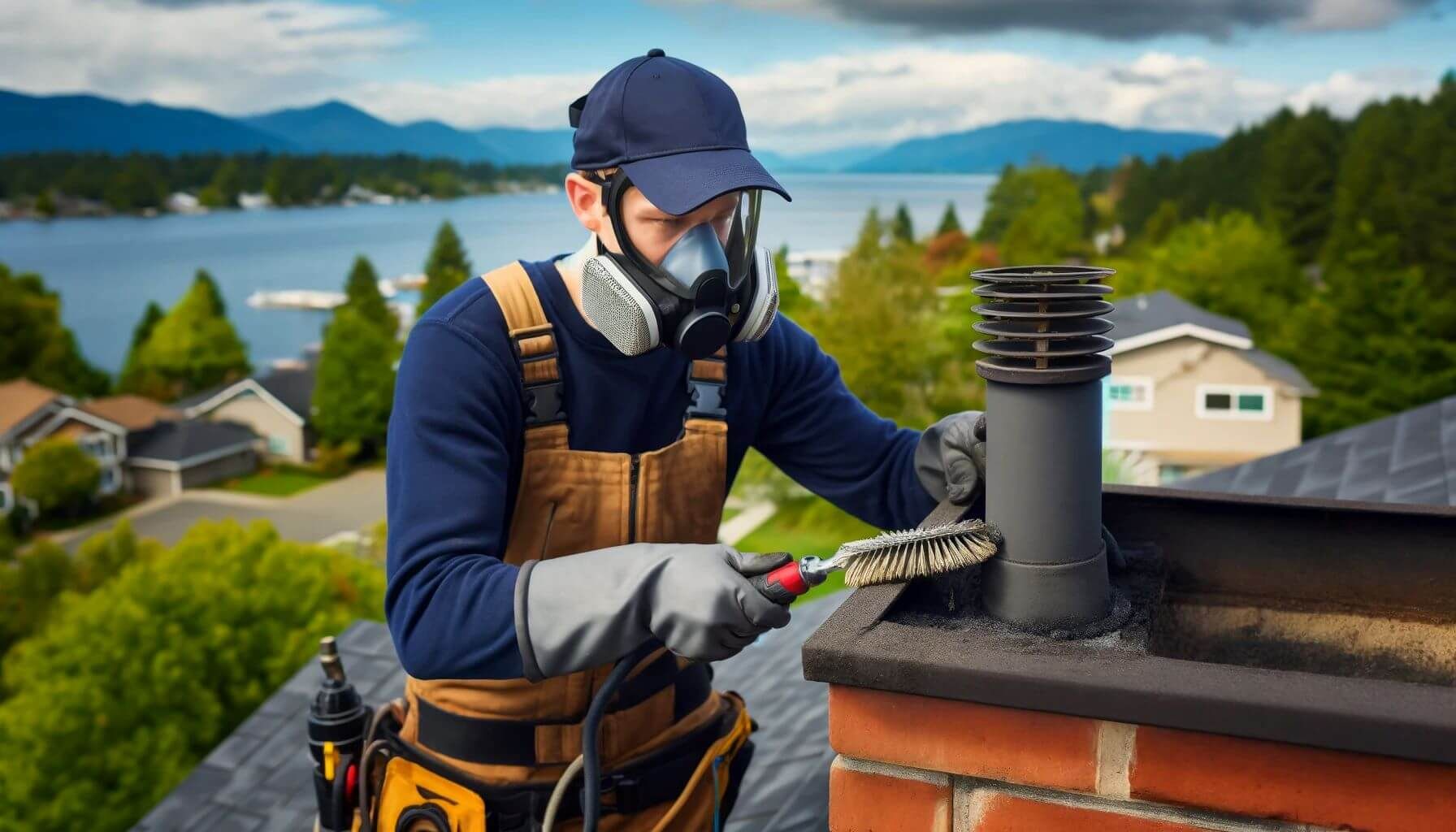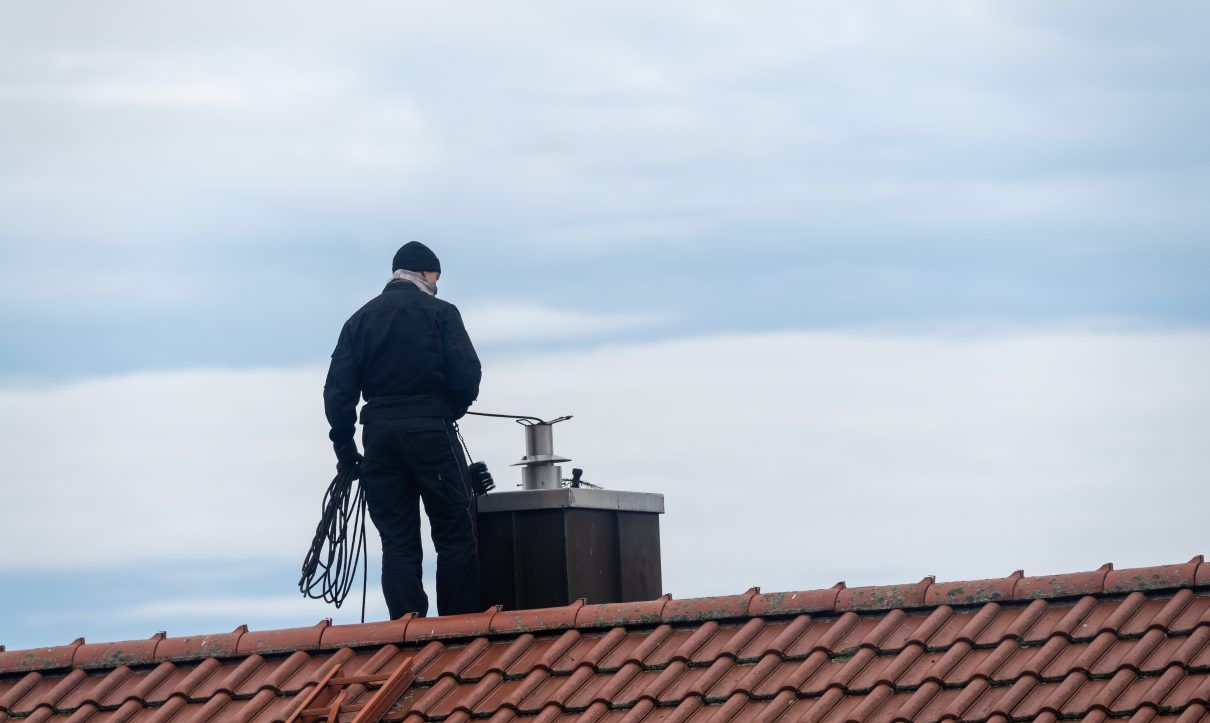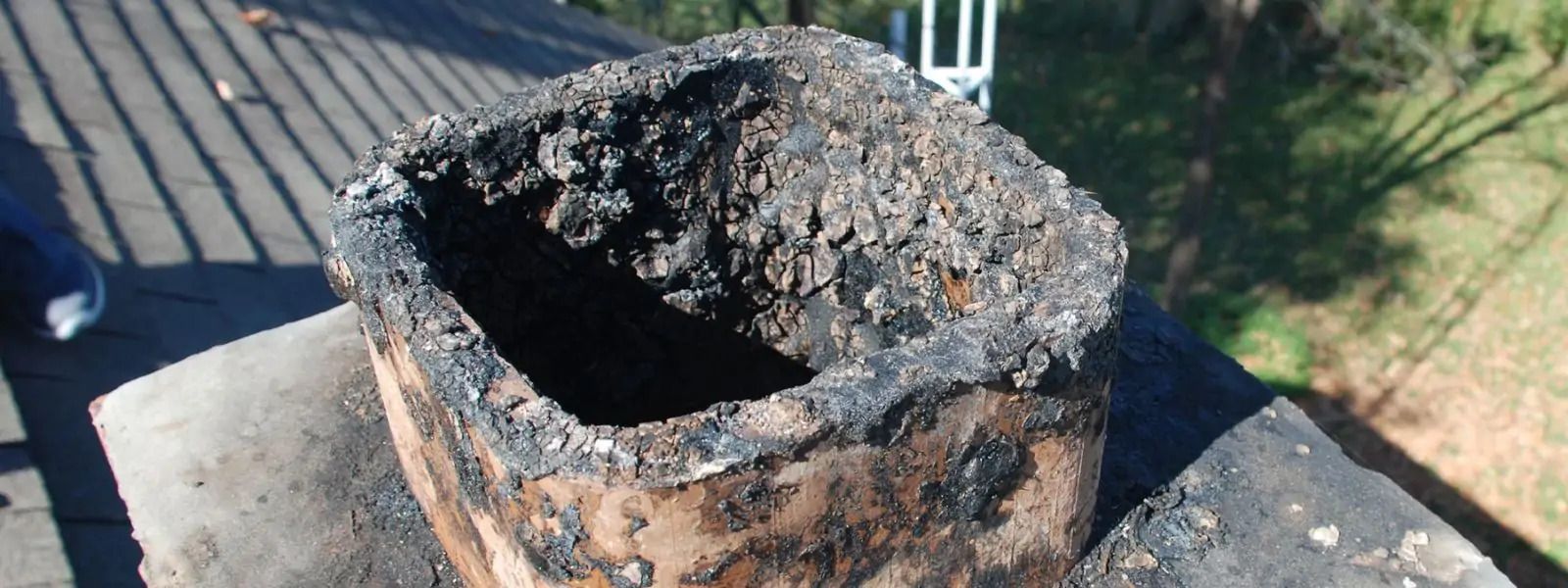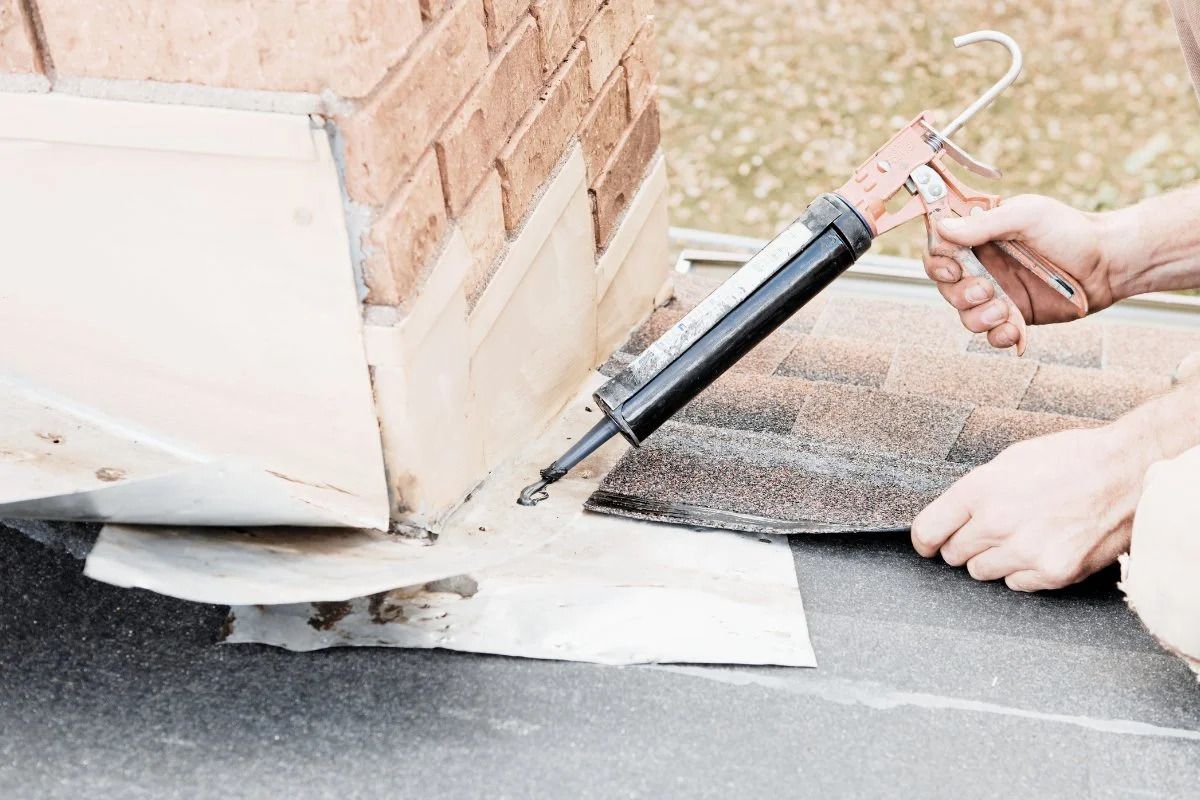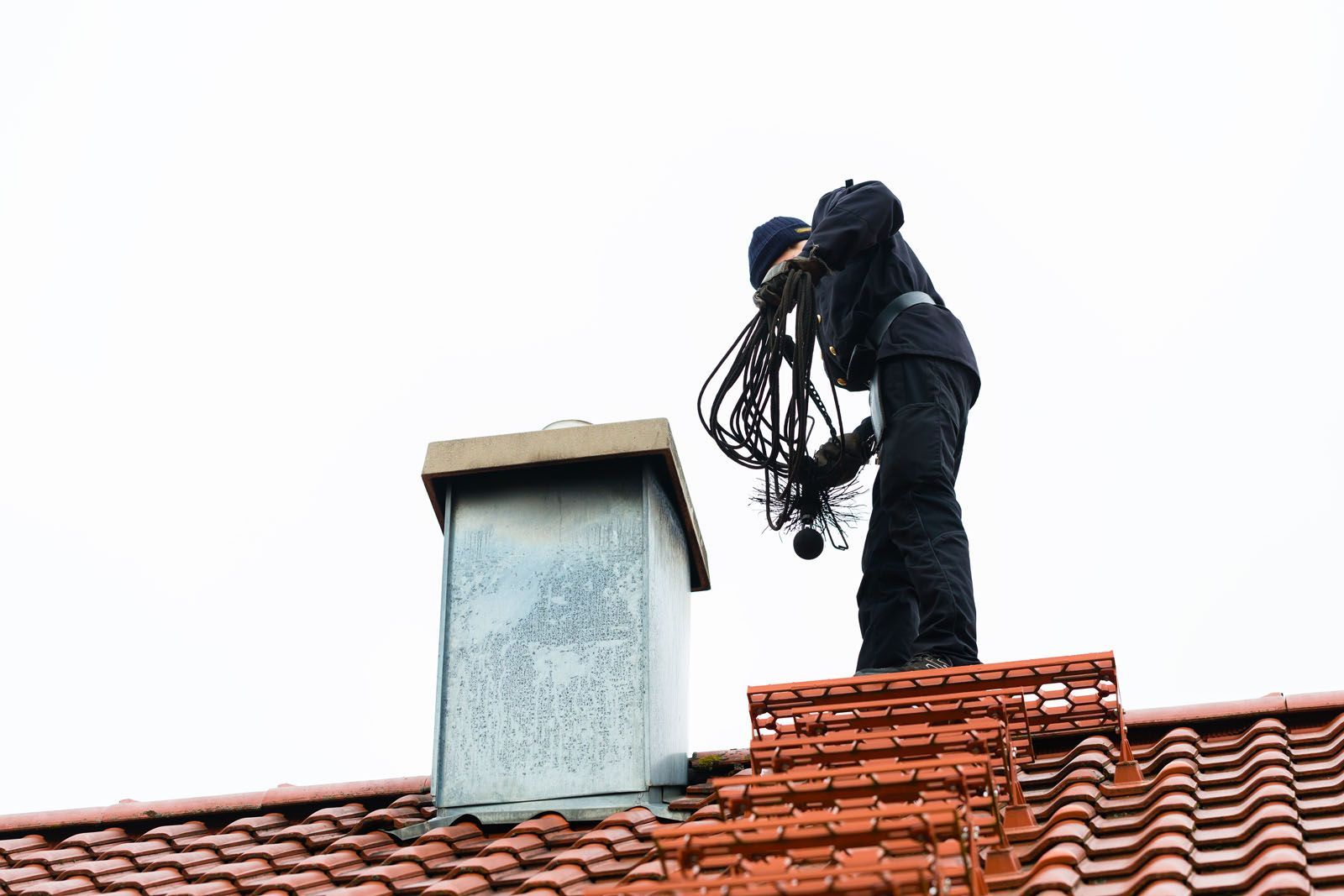Don’t Ignore These Warning Signs: Your Gutters Might Need Replacing
If your home were a castle, your gutters would be its moat—silently and steadily protecting it from invaders like water damage, mold, and structural decay. Yet, for all their importance, gutters are often ignored until disaster strikes. They do their job quietly until they don’t—and by then, it may already be too late. If you’re noticing strange signs around your roofline, walls, or foundation, don’t brush them off. They could be subtle hints screaming for help.
Neglecting your gutters can cost you big. From internal wall damage to weakened foundations, these warning signs often go unnoticed—until you're knee-deep in repairs. Recognizing these red flags early can save you thousands of dollars, countless headaches, and even protect your family’s health.
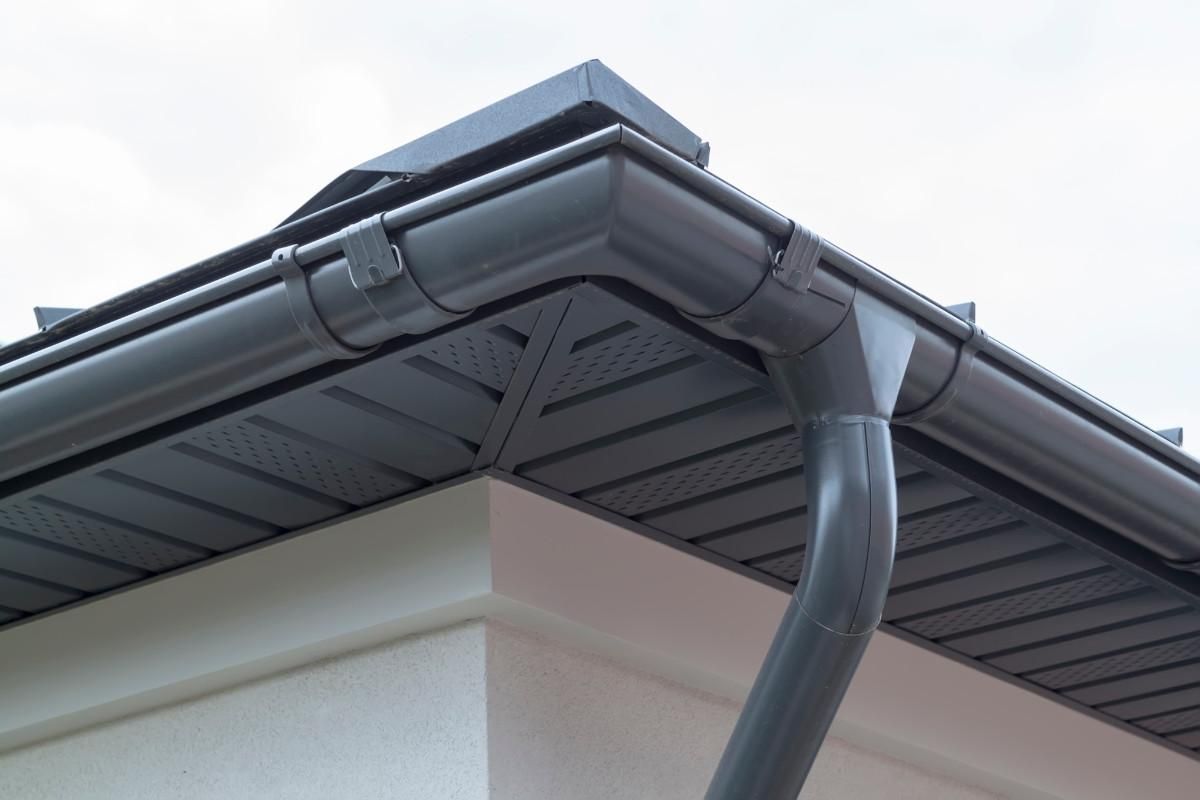
Don’t Ignore These Warning Signs: Your Gutters Might Need Replacing
Understanding when your gutters are crying out for help is the first step. You might notice small issues like sagging sections or water spilling over the sides. Don’t dismiss them. These seemingly minor problems are often symptoms of bigger underlying issues.
Let’s walk through the most urgent warning signs that your gutters may need a total overhaul.
Visible Cracks and Splits
Hairline cracks in your gutters might seem harmless at first glance. But water, with its patient persistence, will exploit these vulnerabilities over time. Cracks expand, allowing water to seep into fascia boards, roof sheathing, and eventually, your home’s interior walls. If these cracks are visible from the ground, it’s likely there are more out of sight—especially in the joints and seams.
Peeling Paint or Rust Marks Around Gutters
Is the paint on your gutters bubbling or flaking? Are there rusty streaks cascading down the exterior of your house? These are telltale signs that water isn't flowing correctly and may be spilling over or seeping through. Paint and rust damage not only indicate internal decay but also detract from your home's curb appeal. It’s often a red flag that corrosion is taking root, and replacement is due.
Sagging Gutters or Separated Sections
When gutters sag or pull away from the house, they’re failing to manage water flow properly. Water weighs more than you think, and backed-up gutters can strain their mounts, especially during storms. These sagging sections can’t efficiently guide water to the downspouts, causing overflow and damage. Ignoring this sign could result in collapsed gutters and rotting fascia boards.
Pooling Water and Mildew Around the Foundation
Water should flow away from your home—not pool around it. If you notice mildew, algae growth, or puddles near your foundation, it’s likely your gutters are directing water where they shouldn’t. Over time, this can cause cracks in the foundation, basement flooding, and mold infestations inside your home.
Water Damage Beneath the Gutters
Brown streaks, peeling paint, and soft wood under your gutters are all signs that water is leaking. Whether from clogs or cracks, leaky gutters spill water onto surfaces never designed to withstand prolonged moisture exposure. This damages soffits, fascia boards, and siding—sometimes requiring thousands of dollars in structural repairs.
Overflowing Water During Rainstorms
A healthy gutter system can handle even heavy rainfall. But if you see waterfalls pouring over the sides, something is wrong. It might be a simple clog—or it could be warped sections or improper slope. Either way, consistent overflow means your system is overwhelmed and likely ready for replacement.
Gutter Fasteners Frequently Popping Loose
Are you frequently hammering nails back into place? If your gutter fasteners can't stay put, it may not be a problem with the fasteners themselves. Often, it’s the wood they anchor into that’s decaying. Water damage causes this weakening, and continuing to patch it up may only delay the inevitable.
Plant Growth or Pest Infestation in Gutters
Moss, weeds, or even small trees growing in your gutters? That’s a massive red flag. It means water has stagnated long enough to support life. Stagnant water also attracts pests like mosquitoes, birds, and even rodents. Gutters should channel water—not become planters or birdbaths.
Rotted Wood and Mold Inside Your Home
Leaking gutters can create moisture pathways directly into your walls and ceiling. Over time, this leads to mold growth, drywall damage, and even electrical risks. Mold remediation is costly and dangerous to your health—especially for those with allergies or respiratory conditions.
Discolored Siding or Stains on Walls
Water stains on your siding may look cosmetic, but they often hide deeper issues. These stains indicate where water isn't being properly redirected. Over time, water infiltration can warp siding, stain brick, and erode paint.
Aging or Outdated Gutter Systems
Gutters aren’t built to last forever. Galvanized steel gutters, for example, have a lifespan of around 20 years. If yours are pushing that mark—or older—it’s time for an upgrade. Today’s materials are more durable and require less maintenance.
Downspouts Draining Improperly
A gutter system is only as effective as its downspouts. If your downspouts are too short, disconnected, or pointed toward your home, they’re failing you. Proper water displacement is crucial to avoiding foundation and basement damage.
Detached Gutter Hangers
When hangers begin to pull away from the fascia, they lose the tight seal that keeps water flowing correctly. Gaps allow water to drip behind the gutters, defeating their entire purpose.
Shingle Damage Near Gutters
Have you noticed broken or curling shingles along your roof’s edge? It could be a sign that water is backing up under them due to failing gutters. Over time, this leads to costly roof leaks and potential attic mold.
Erosion in Landscaping Near the Foundation
Your yard could be telling you the story your gutters aren’t. Deep grooves in flower beds, displaced mulch, and dead plants can all be the result of uncontrolled water flow. Over time, this erosion exposes roots and undermines structural stability.
Inconsistent Gutter Flow
Gutters should flow like a gentle stream—not a stagnant pond. If you notice standing water after a rainstorm, it's likely a slope issue or internal blockage. This puts extra weight on your system, stressing the mounts and seams.
Ice Dams and Winter Gutter Issues
In colder climates, ice dams form when heat escapes through the roof and melts snow, which then refreezes in the gutters. This creates blockages and weight that gutters were never designed to handle.
Constant Need for Repairs
At a certain point, the cost of constant patching and minor repairs exceeds the price of full replacement. If you're calling a handyman every season, your gutter system may be past its prime.
Why DIY Fixes Might Fail
YouTube tutorials may offer temporary fixes, but they rarely address the root of the problem. Without professional inspection and installation, your gutter problems might keep returning—worse each time.
How Gutter Replacement Protects Your Home Investment
Think of gutters as the quiet insurance policy of your home. A well-functioning system shields your siding, roofing, foundation, and basement. Investing in a modern, seamless gutter system is not just a cost—it’s home protection.
Choosing the Right Materials for New Gutters
From aluminum to copper to vinyl, modern gutters offer choices for every home and budget. Aluminum is affordable and rust-proof. Copper is stylish and long-lasting but expensive. Vinyl is cheap but less durable.
Seamless Gutters vs. Sectional Gutters
Seamless gutters are custom-fit to your home and have fewer points of failure. Sectional gutters are easier to install but more prone to leaks. While seamless systems are more expensive upfront, they’re often more economical over time.
Hiring Professionals for Gutter Replacement
Don't leave such an essential system to chance. Hire licensed, experienced contractors who understand your local weather, roofing structure, and home style. One reliable choice is Chimney & Gutter Service.
Why Gutter Maintenance is a Year-Round Job
Gutter care isn’t just for autumn leaf season. Ice, spring rains, summer storms—all test your gutters. Regular inspections and cleanings ensure they remain in top shape.
Tools and Technologies That Can Help
Gutter guards, downspout extenders, and even smart sensors can extend your system’s lifespan. Some devices alert you when there’s a blockage or overflow risk.
Questions to Ask Your Contractor
- Do you offer seamless gutters?
- Are your materials rust-resistant?
- Do you provide a warranty?
- Will you inspect the fascia and soffits?
- How do you manage water runoff?
Contact Professionals for an Inspection Today
Why wait for visible damage? Book a consultation with a certified professional. Start with a trusted team via the Contact Page.
FAQs on Gutter Replacement
How often should I replace my gutters?
Most gutters last 20–30 years. But local weather, material, and maintenance impact longevity.
Can I just repair sections instead of replacing the whole system?
Only if the rest is in excellent condition. Often, spot repairs delay the inevitable.
Are seamless gutters worth the cost?
Yes. They reduce leaks and require less maintenance over time.
What’s the best time of year to replace gutters?
Spring and summer are ideal, but professionals work year-round.
Will new gutters increase home value?
Absolutely. They improve function and curb appeal.
Do I need to replace the fascia board with the gutters?
If it's rotted or damaged, yes. It's essential for securing your new system.
Conclusion: Don’t Delay—Save Your Home from Gutter Neglect
Your gutters do more than move rain—they protect everything beneath your roof. Recognizing early warning signs and acting swiftly can save you thousands in home repairs. Whether you need a quick fix or a full replacement, professional help is your best defense.
Don’t ignore the signs. Your home is depending on you.
Links:
- Link to Chimney & Gutter Service: Chimney & Gutter Service
- Link to Contact Page: Contact


